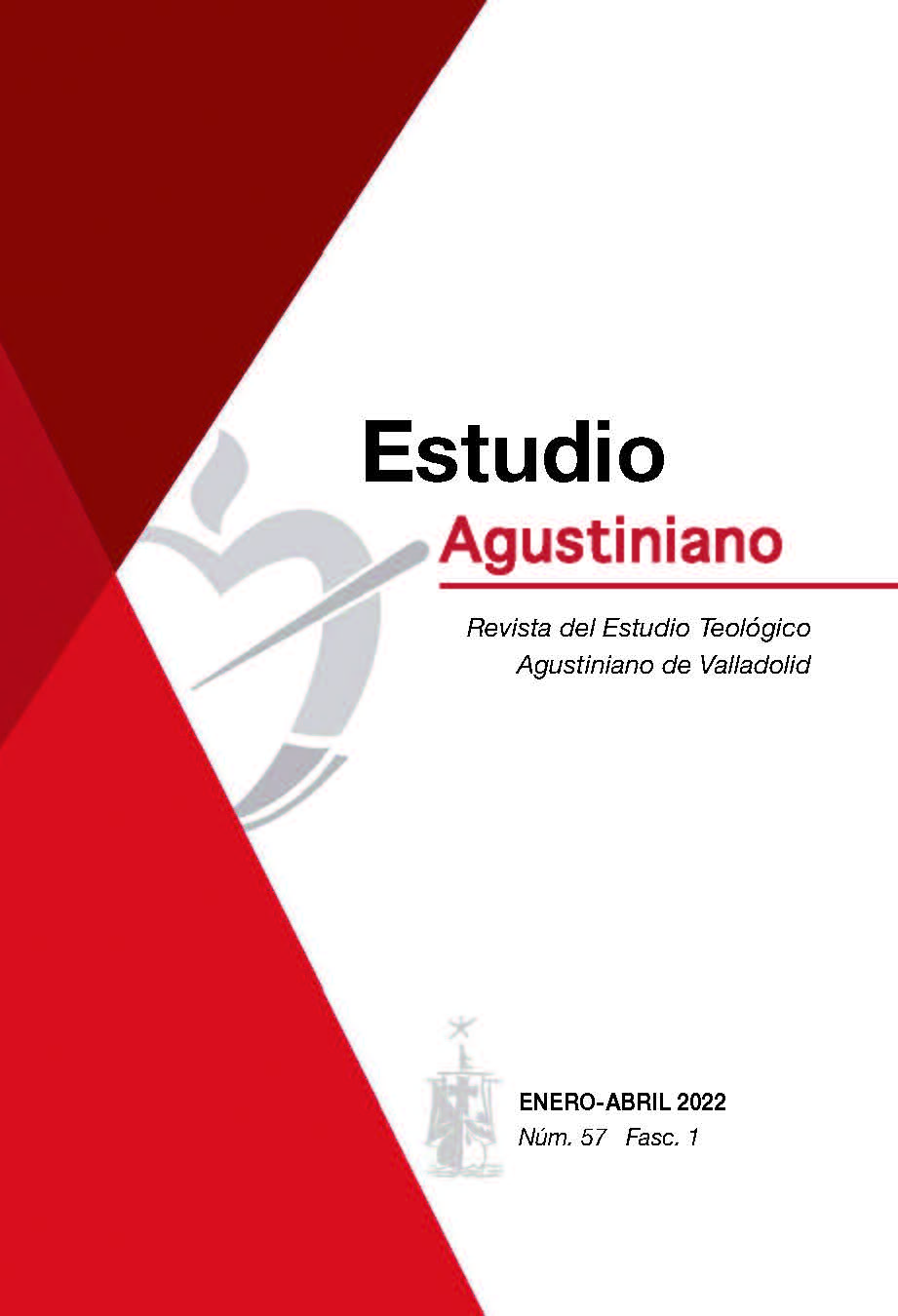Cómo debe ser el lenguaje de nuestras homilías
DOI:
https://doi.org/10.53111/estagus.v57i1.1051Keywords:
Homily, Communication, Language, Images, Non-verbal language, VocabularyAbstract
One of the forms of evangelisation in the Church is through clerical preaching. Every time the priest takes the pulpit he aims to convert the faithful. To this end, he constructs his homily in a certain form and manner. And the choice he makes of language, of the means with which he constructs his homily, is not indifferent. This article focuses on the importance and the possibilities that this communicative instrument has for getting the message across effectively to those to whom it is addressed. For a homily to be effective, it must not only be well constructed and serve its main purpose, but it must also be expressed in a language that is accessible and close to those who will listen to it. Without this indispensable requirement, all efforts will be in vain. For this reason, we would like to explore the possibilities of oral language, non-verbal language and the use of images in preaching. There are many rhetorical resources that the priest has at his disposal and which he must know and be willing to use at the right moment.
Downloads
Published
Issue
Section
License
Copyright (c) 2021 Estudio Agustiniano

This work is licensed under a Creative Commons Attribution-NonCommercial-NoDerivatives 4.0 International License.




